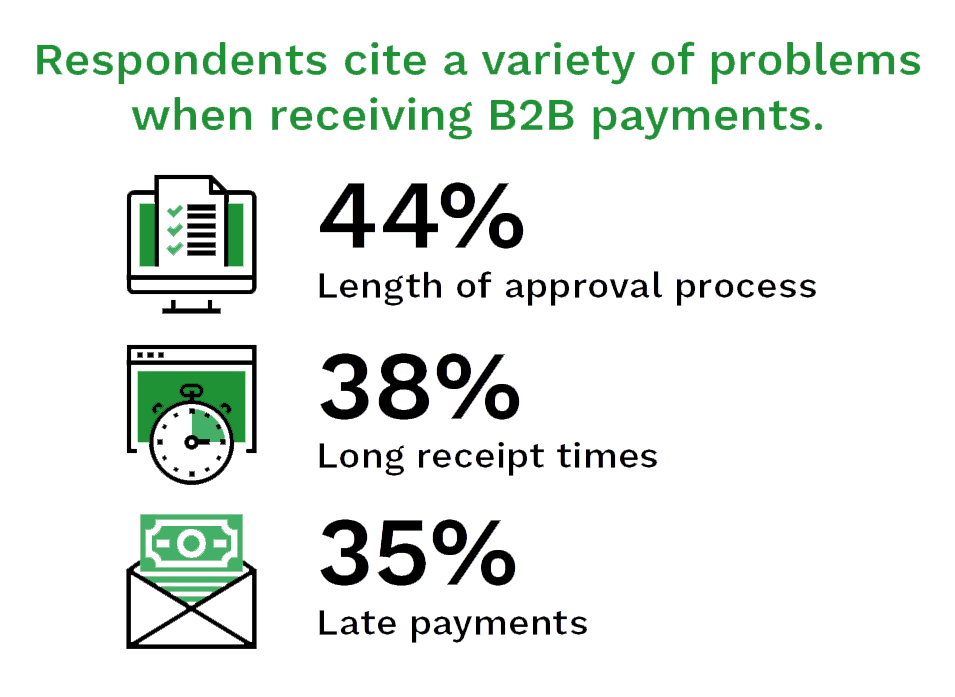In an increasingly online world, companies still relying on manual accounts payable (AP) and accounts receivable (AR) processes are struggling to keep up — in more ways than one. A PYMNTS survey found that fraud limited international growth for 36% of companies using reactive, manual detection methods, compared to only 5% of companies using proactive, automated solutions. Companies using manual methods were also more likely to be difficult for customers to work with and to have trouble onboarding new ones.
In light of this, it is not surprising that companies using automated solutions were more likely to be satisfied with their current fraud prevention systems. The PYMNTS survey found that nearly half of organizations that implemented automated solutions for digital identity verification and fraud prevention were at least very satisfied with their current solutions, compared to just 17% of companies using manual solutions.

Verification and speed are central to improving incoming payment procedures
Firms can leverage digital solutions to improve their AR systems in a variety of ways. One of the most important relates to verification capabilities. The need for identity verification is one of the top three challenges facing companies, according to the same PYMNTS survey. Still, the survey found that only 38% of businesses are using document and identity authentication tools, indicating a need to adopt new solutions.
Inadequate verification tools leave companies exposed to a greater risk of fraud. A company that does not properly verify its business partners’ identities or payment details might send funds or sensitive information to a criminal instead, potentially jeopardizing both AP and AR streams. Insecure email transfer of data could be vulnerable to hackers who can divert AR payments from business-to-business (B2B) partners by posing as company executives. It is therefore crucial that companies adopt tools that ensure payment information is accurate and secure.
The speed of incoming payments is another key area where digital solutions can help. More than half of suppliers prefer receiving payments via methods that support faster access to funds, with 28% ranking real-time payments as their top choice, according to PYMNTS data. Many companies, however, are not receiving payments in a timely manner. PYMNTS found that 38% of suppliers cited the length of time before receipt of payment as a top challenge.

Slow or late payments can cause considerable problems, especially for businesses operating on low cash reserves. Small firms in the United Kingdom, for example, are owed more than £23.4 billion ($28.2 billion) in outstanding invoices. The construction industry is also plagued by payment speed problems, with late payments costing $208 billion in 2022. Given the stakes, even minor improvements to payment speed can go a long way.
More companies look to modernize their AR processes
Given the obvious shortcomings of manual processes and the clear benefits of advanced technological alternatives, companies are turning toward digital solutions in droves. According to a PYMNTS survey, 85% of CFOs are currently investing or plan to invest in digital solutions for fraud prevention and risk management.
The survey also found that 56% of retailers have invested in AR platforms since the pandemic began. Even companies that have yet to embrace digital solutions are coming around. PYMNTS found that 64% of companies that had not invested in AR are currently investing or planning to invest in this area.

